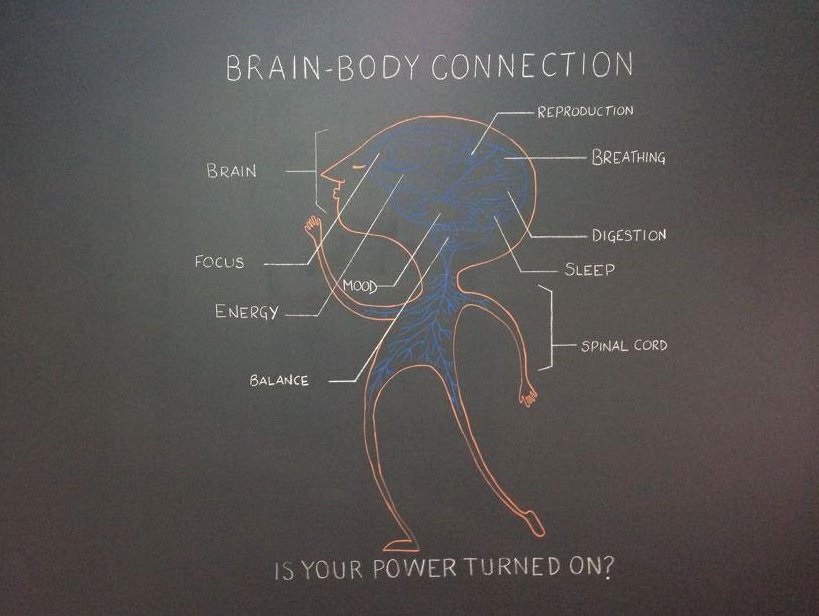
We are designed to be extraordinary. Every cell in your body is hardwired to be healthy. Unfortunately, in America the expectation is that we are supposed to be sick, and that there is always a solution (usually found in a bottle).
If we think about a flower – the seed contains all of the things that the flower needs to flourish and grow – as long as it gets everything it requires. Now, when a plant starts to wilt, we automatically wonder, “what is it missing?” But when it come to humans, our first thought is “what do I have?” meaning what condition or name is the current state of dysfunction in our body. We want a label – and the pharmaceutical industry is happy to oblige.
The truth is, you are not your condition. You’re simply the culmination of your body’s inability to adapt to the stressors placed upon it on a regular basis. When you come to this realization, it leaves you with 2 choices: remove the stress OR increase your body’s ability to adapt to it. Remember, we are just like the flower – our body has its own requirements – and as long as their fulfilled, the natural, default state is health. We do not have to discover health, we just have to allow it.
One of our body’s requirements (along with proper movement and proper fuel) is proper nerve supply. An impaired nerve system could reduce immune function, concentration, recovery from illness and injury; it could lessen athletic performance and digestive function. It could even alter behavior. Stressors (aka your life) cause spinal shifts within the inner framework of your body. When we look at the nervous system, any structural imbalance that occurs becomes part of your pattern as you get older. This cartilage system, this spine, if it’s shifted, altered or distorted, it’s automatically creating an inhibition or interference in the neurological system. That pattern becomes yours as you get older, and it’s much more difficult to correct or to set right.
The goal in our office is to maintain the integrity of your spine and nervous system. Instead of focusing on the health lost, deterioration created, energy decrease, immune system suppression and all the negative effects of nerve interference and not fulfilling all your requirements, at True Health Family Chiropractic, we choose to focus on the untapped potential for health and vitality available for your body.
All you really need to know is that we all are designed to function, heal and re-create from the inside out. No matter what other steps you add – diet, exercise, meditation – without a proper nerve supply, you can never be at your full potential. If you want to be healthy, you have to have a healthy nervous system.





